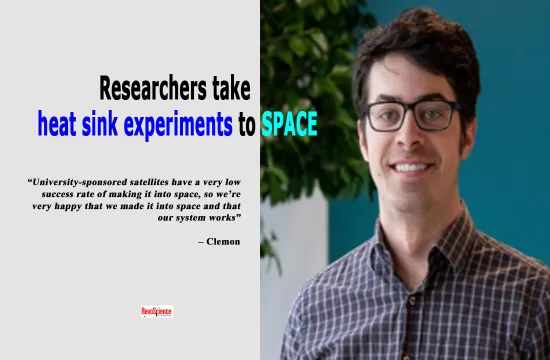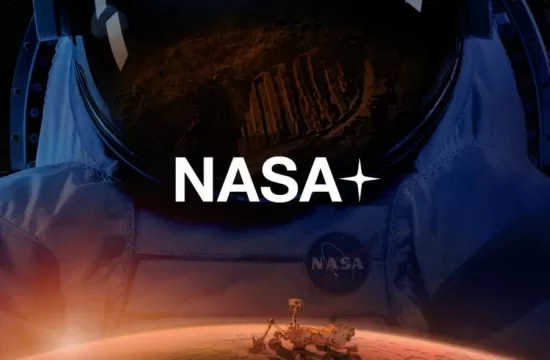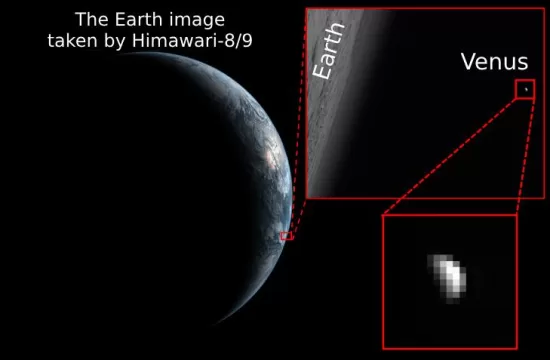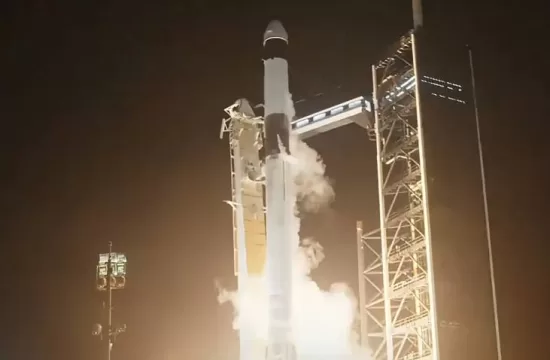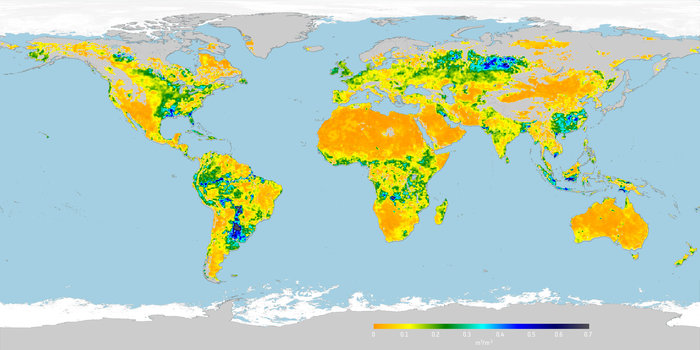
ESA’s SMOS mission was launched in 2009 to provide global observations of soil moisture and ocean salinity – two important variables in Earth’s water cycle. While this novel Earth Explorer satellite continues to advance our understanding of the planet, it is also showing considerable potential for real-world applications to improve everyday life. A number of these applications have been presented at the Living Planet Symposium in Prague in the Czech Republic. One example demonstrates how information from SMOS is being used to help forecast crop yield and to monitor drought.
With a growing population, the issue of food security is of global concern. Agricultural management and global food security can be more effective if crop yield is estimated accurately. Root-zone soil moisture data are now being used by the US Department of Agriculture in their crop-yield forecasting system.
The impact of SMOS is especially significant over data-poor areas of the world prone to food insecurity and famine such as southern Africa. It is also expected to have a positive effect in other areas such as the Horn of Africa, South America and potentially India and Central Asia.
In addition, monitoring soil moisture in the root zone allows the onset of drought to be detected and provides information on the water available to plants, which is particularly relevant for semi-arid regions. Water shortages can then be predicted several weeks before vegetation is likely to suffer. Root-zone soil water products have already been used in drought monitoring systems developed by the International Hydrological Programme and the US Princeton University.




